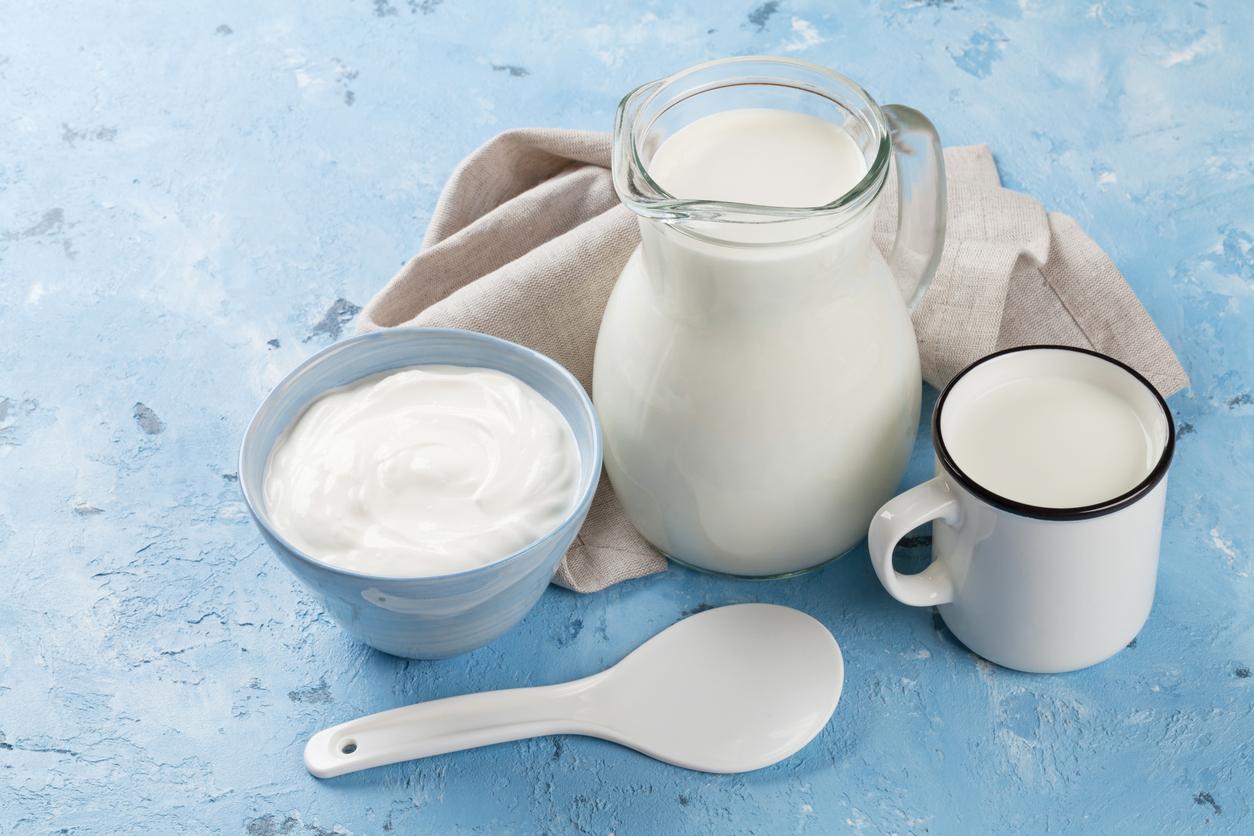Milk remains a scarce commodity in some developing countries. The FAO, the UN organization for agriculture and food, insists in a new report on the importance of encouraging its production and its accessibility to the most disadvantaged populations.
Milk and dairy products “are rich in micro-nutrients able to fight against malnutrition in developing countries where the diets of disadvantaged populations are poor in starch or cereals and not very diversified “, explains to AFP Ellen Muehlhoff, head of the nutrition department at the FAO and co-editor of the report.
Milk is the main source of calcium in the human diet, essential for the skeleton and bone health. A supplier of energy (proteins and lipids), milk also contains phosphorus, potassium, trace elements (zinc, iodine, selenium, etc.) and vitamins (A, B2, B1, B6, etc.) which promote the release of energy and the proper functioning of cells.
These nutritional qualities make essential the milk consumption by childrenin full growth. For example, a glass per day of 200 ml of whole cow’s milk provides an average of a five-year-old child with 21% of the necessary proteins and 8% of the calories, as well as essential trace elements, recalls the FAO.
Problem, in poor countries, milk is too expensive a food for too many families. The FAO encourages the development of family breeding of dairy species (cows, sheep, goats, donkeys, camels, llamas, elk, reindeer and yaks), some of which are of interest to people with lactose intolerance.
FAO’s goal is to increase milk consumption in developing countries by 25% by 2025.
















